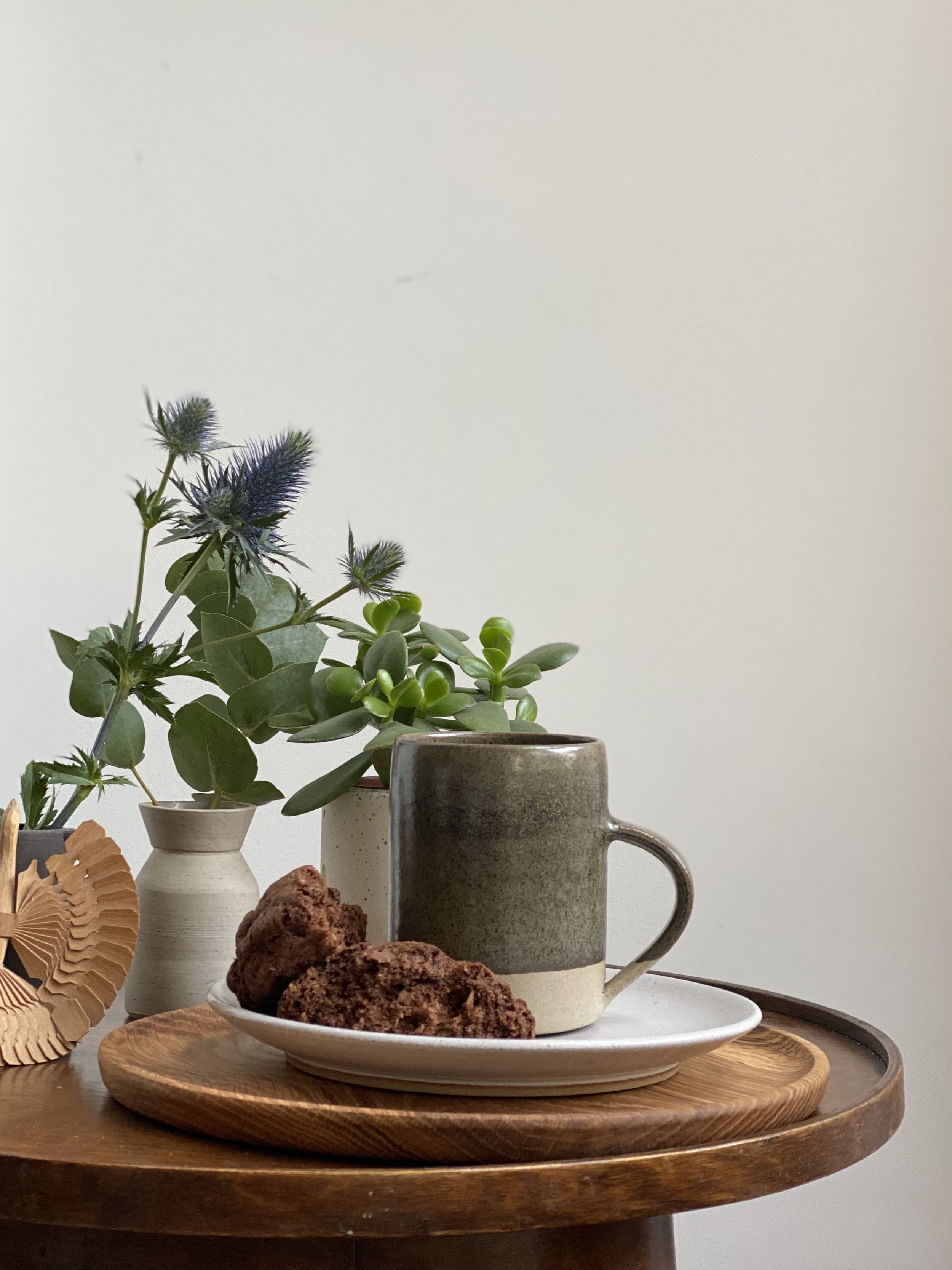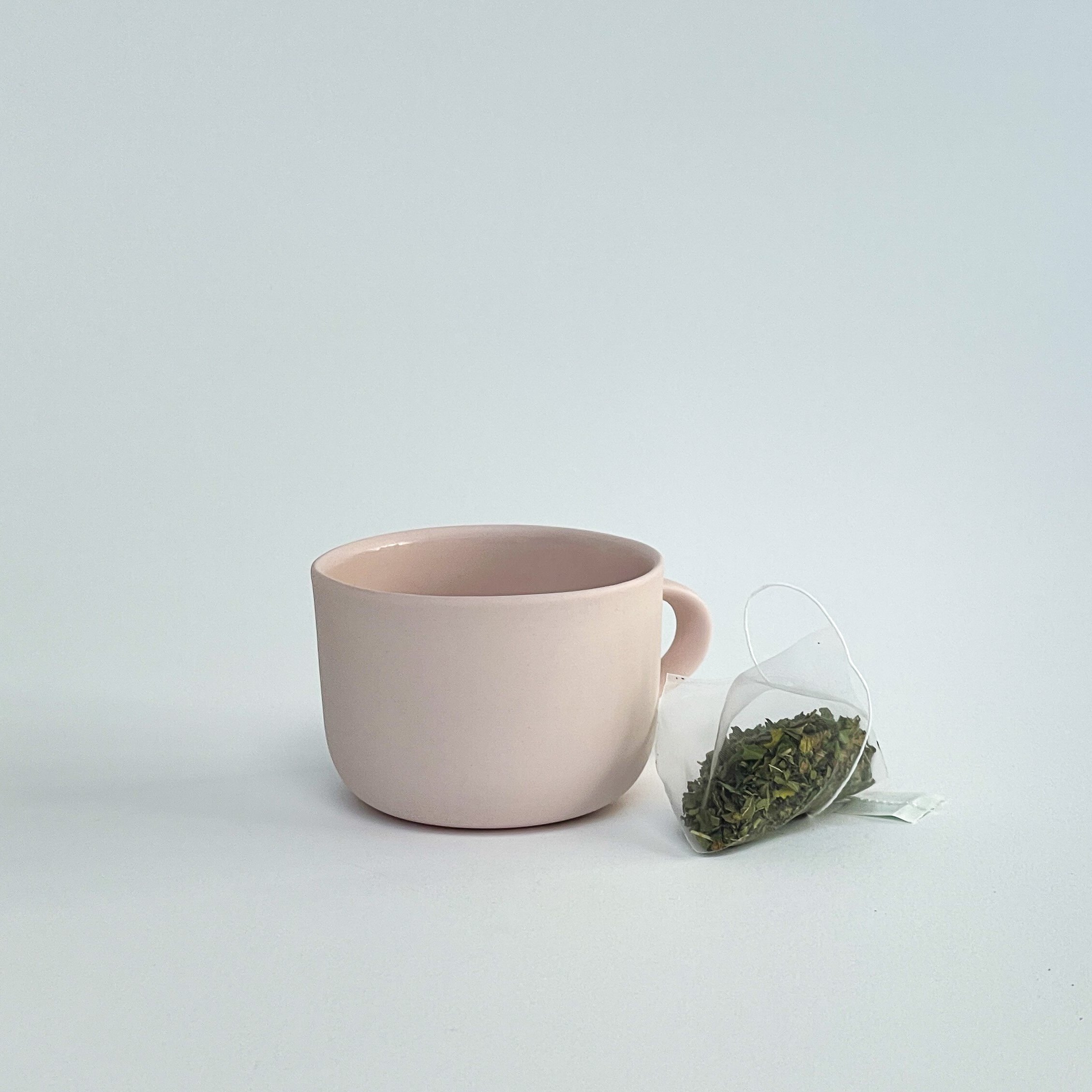TAKING TEA: THE HUMBLE CUP
TAKING TEA
Before your read on there is something you should know about my mother-in-law, Wendy. She is never without a cup of tea. There is always ‘a cup on the go’, the kettle is always warm from the last cup she made and there isn’t very much that a cup of tea can’t fix. So it follows that this woman knows about cups.
Wendy is also an Art Historian. When you put the two together you get an artistic exploration of the humble vessel. Read on and enjoy.
Mug shot
THE HUMBLE CUP
by Wendy O.
Amongst its many treasures, The Ashmolean Museum in Oxford houses a white cup from Mesopotamia circa 300BC. Its inscription reads, This beautiful cup belongs to Mandrios.
When I first saw the small, fragile survivor it evoked circles: the rim mirroring lips; the circular movement of drinking, hand to cup, cup to mouth, the dipping and lifting the head dissolving time connecting us to the distant past in a kind of kinaesthetic circularity.
And then there is Mandrios. As a Greek in Mesopotamia in 300BC he was probably an occupier, perhaps an administrator, we will never know. However, two things are certain, Mandrios owned the cup and thought it possessed a quality beyond its function. He thought it was beautiful.
The functionality of a cup, or any item used for food or drink, depends on its design: weight, balance, volume and so on. Beyond that, the aesthetic of its form connects us to the object visually and emotionally, which is what happened to me in the Ashmolean. Although, I was also affected by the words. I can’t vouch for the cup’s usability, as it was behind glass, but it looked pretty good: small, thin-rimmed, decent handle, slightly broken – but not the potter’s fault. Altogether, a lovely thing.
Disregarding the plastic beaker, the disposable cup and the impertinent drinking straw, and apart from the presence or absence of handles, the form of the drinking cup hasn’t changed significantly since someone substituted hardened clay for cupped hands. Generations of humans have drunk from similar vessels. Animals lap, we sup using our hands to hold a container. The action becomes more than a necessity, it often becomes a soothing and sustaining ritual.
Enzo contemplating the issues
The cup, with all its connotations, is recorded in countless images, from ancient frescos to more recent depictions. Who can forget Mrs Mounter presiding over the teacups in Harold Gilman’s, Mrs Mounter at the Breakfast Table. 1916-17, or the raised little finger in the social awkwardness of Mary Cassatt’s, 5 O’clock Tea. 1880, not to mention the chaos and confusion of John Tenniel’s, Mad Hatter’s Tea Party, Alice in Wonderland. 1860?
While we can’t all afford to have bespoke cups made to order and engraved, we can sup in the spirit of Mandrios whoever he was. Much joy can be had from contemplating the silent beauty of these unassuming objects, particularly when made by a potter in an ancient tradition of handcrafting, and even more so if accompanied by cake on a plate. WEO













